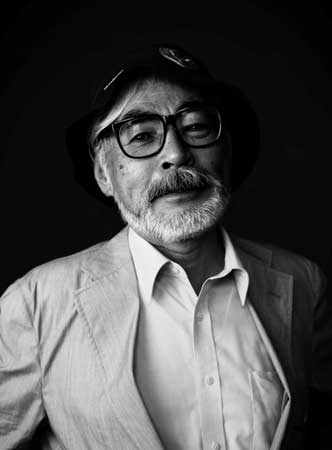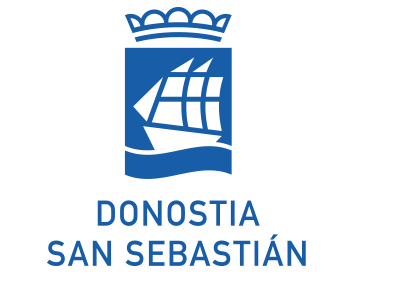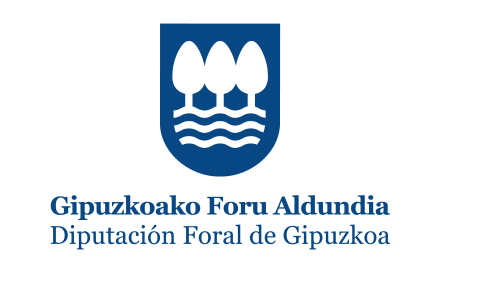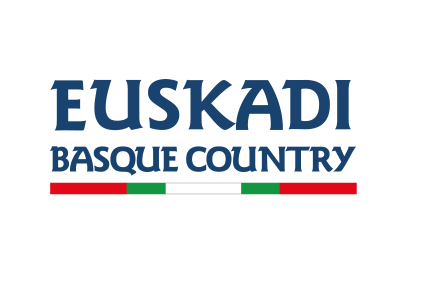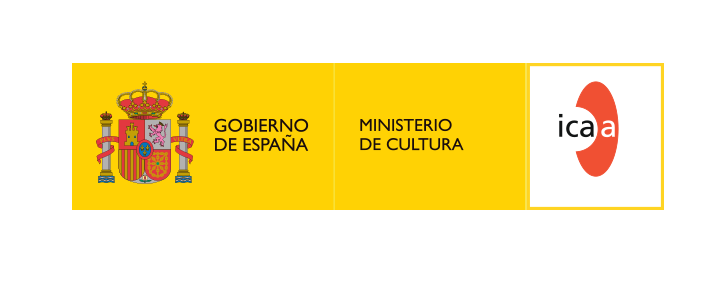After graduating from Gakushuin University in 1963 with a Degree in Political Science and Economics, Hayao Miyazaki (Tokyo, 1941) joined Toei Animation Company as an animator. He worked under the director Isao Takahata on scene planning and key animation for the production of Taiyo no oji: Horusu no daiboken (The Little Norse Prince Valiant, 1968). He moved to the A Production animation studio with Takahata in 1971, where he worked on the original concept, screenplay, layout design and key animation for Panda Kopanda (Panda! Go Panda!, 1972). Miyazaki has worked at various studios including Zuiyo Eizo with Takahata, Nippon Animation, and Telecom, providing the scene planning and layout designs for the TV series Arupusu no shojo Haiji (Heidi, A Girl of The Alps, 1974) and Haha wo tazunete sanzenri (From the Apennines to the Andes, 1976). He directed his first TV series Mirai shonen Konan (Conan, The Boy in Future) in 1978.
He debuted as a director of theatrical features with Rupan sansei: Kariosutoro no shiro (The Castle of Cagliostro, 1979). In 1984, Miyazaki wrote and directed his feature Kaze no tani no Naushika (Nausicaä of The Valley of The Wind), based on his original graphic novel serialized in the monthly animation magazine, Animage.
Miyazaki co-founded Studio Ghibli in 1985 with Takahata, and has since directed ten feature films, including Tenku no shiro Rapyuta (Castle in the Sky, 1986), Tonari no Totoro (My Neighbor Totoro, 1988), Majo no takkyubin (Kiki's Delivery Service, 1989), Kurenai no buta (Porco Rosso, 1992), and Mononoke hime (Princess Mononoke, 1997). Sen to Chihiro no kamikakushi (Spirited Away, Velodrome, 2001), broke Japan's all-time box office records, and harvested numerous awards, including the Golden Bear at the 2002 Berlin International Film Festival and the 2002 Academy Award for Best Animated Feature Film. Hauru no ugoku shiro (Howl's Moving Castle, 2004) received a Golden Osella at the Venice International Film Festival, which awarded him a Golden Lion for Lifetime Achievement in 2005. In 2008 he wrote and directed Gake no ue no Ponyo (Ponyo, 2009), which competed in Venice. He later contributed to the planning and wrote the screenplays for Hiromasa Yonebayashi's Kari-Gurashi no Arrietty (The Secret World of Arrietty, 2010) and Goro Miyazaki's Kokuriko-zaka kara (From up on Poppy Hill, 2011). Kaze tachinu (The Wind Rises, Perlak, 2013) competed at the Venice Film Festival and was nominated for the Academy Award for Best Animated Feature.
In November 2014, the Board of Governors for the Academy of Motion Picture Arts and Sciences presented him with an Honorary Oscar for Lifetime Achievement. His latest film, Kimitachi wa do ikiru ka (The Boy and the Heron), released in Japan on 14 July 2023, screened at Toronto Festival and will open the Official Selection at San Sebastian Festival out of competition, in what will be its European premiere.
Miyazaki has published a number of books of essays, drawings and poems, including Shuppatsuten 1979-1996 (Starting Point: 1979-1996, 1996). He has designed several buildings, including the Ghibli Museum, in Mitaka, which opened in 2001, for which he serves as Honorary Executive Director. In 2012, Miyazaki was named a "Person of Cultural Merit" by The Government of Japan. In July 2014, he was inducted into the Will Eisner Comic Awards Hall of Fame.

